 Two days ago ResearchGate informed us that that the paper ‘Midwifery-led antenatal care models: mapping a systematic review to an evidence-based quality framework to identify key components and characteristics of care‘ has reached 40 citations. This paper, co-authored by Bournemouth University’s Professors Vanora Hundley and Edwin van Teijlingen, was originally published in 2016 in BMC Pregnancy & Childbirth [1]. Both Vanora and Edwin are based in the Centre for Midwifery & Women’s Health (CMWH) in the Faculty of Health & Social Sciences.
Two days ago ResearchGate informed us that that the paper ‘Midwifery-led antenatal care models: mapping a systematic review to an evidence-based quality framework to identify key components and characteristics of care‘ has reached 40 citations. This paper, co-authored by Bournemouth University’s Professors Vanora Hundley and Edwin van Teijlingen, was originally published in 2016 in BMC Pregnancy & Childbirth [1]. Both Vanora and Edwin are based in the Centre for Midwifery & Women’s Health (CMWH) in the Faculty of Health & Social Sciences.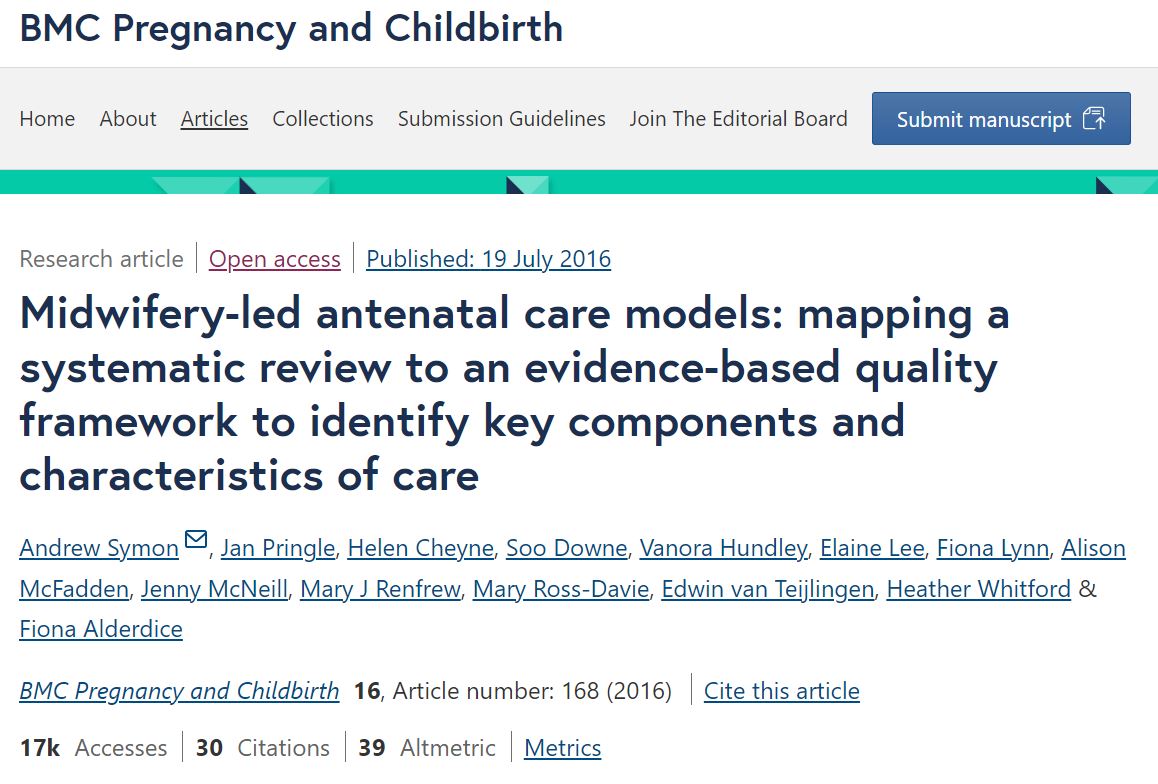
The same team wrote a separate paper the following year on ‘Antenatal care trial interventions: a systematic scoping review and taxonomy development of care models’ [2]. Interestingly, ResearchGate tells us this paper has been read fewer times and cited ‘only’ 21 times to date.

Reference:
- Symon, A., Pringle, J, Cheyne, H, Downe, S., Hundley, V, Lee, E, Lynn, F., McFadden, A, McNeill, J., Renfrew, M., Ross-Davie, M., van Teijlingen, E., Whitford, H, Alderdice, F. (2016) Midwifery-led antenatal care models: Mapping a systematic review to evidence-based quality framework to identify key components & characteristics of care, BMC Pregnancy & Childbirth 16:168 http://rdcu.be/uifu
- Symon, A., Pringle, J., Downe, S, Hundley, V., Lee, E., Lynn, F, McFadden, A, McNeill, J, Renfrew, M., Ross-Davie, M., van Teijlingen, E., Whitford, H., Alderdice, F. (2017) Antenatal care trial interventions: a systematic scoping review & taxonomy development of care models BMC Pregnancy & Childbirth 17:8 http://bmcpregnancychildbirth.biomedcentral.com/articles/10.1186/s12884-016-1186-3



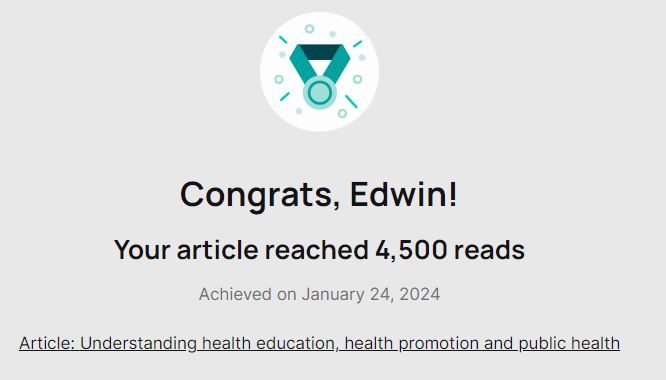


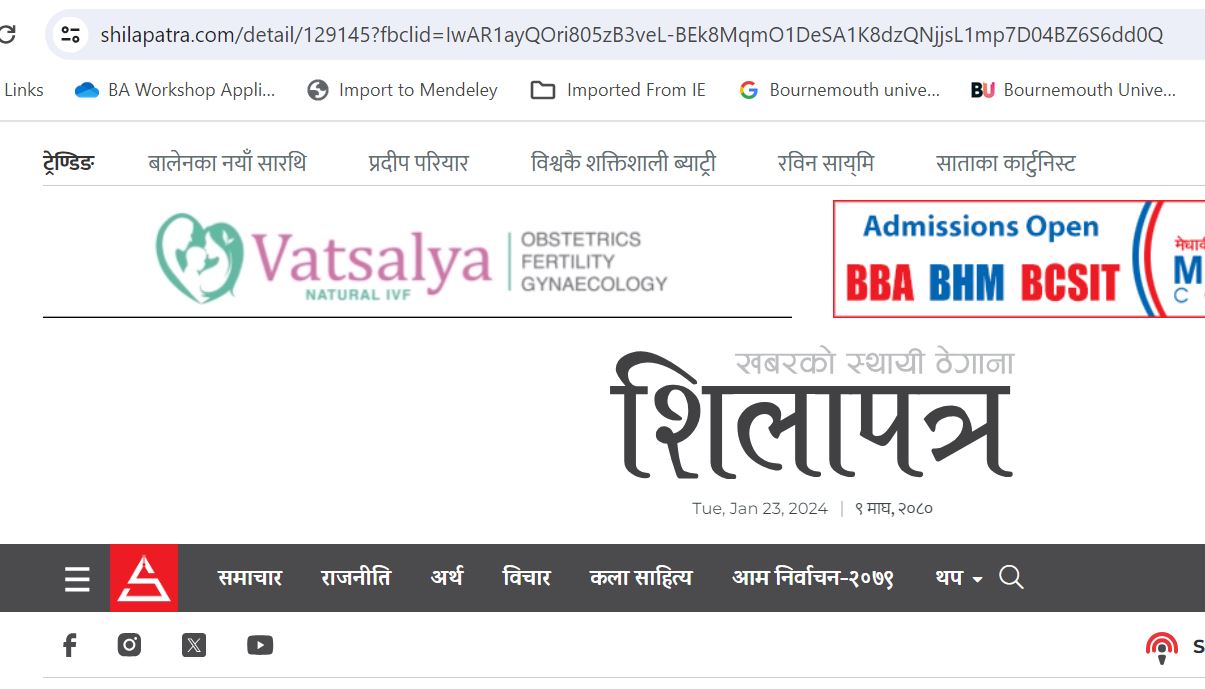
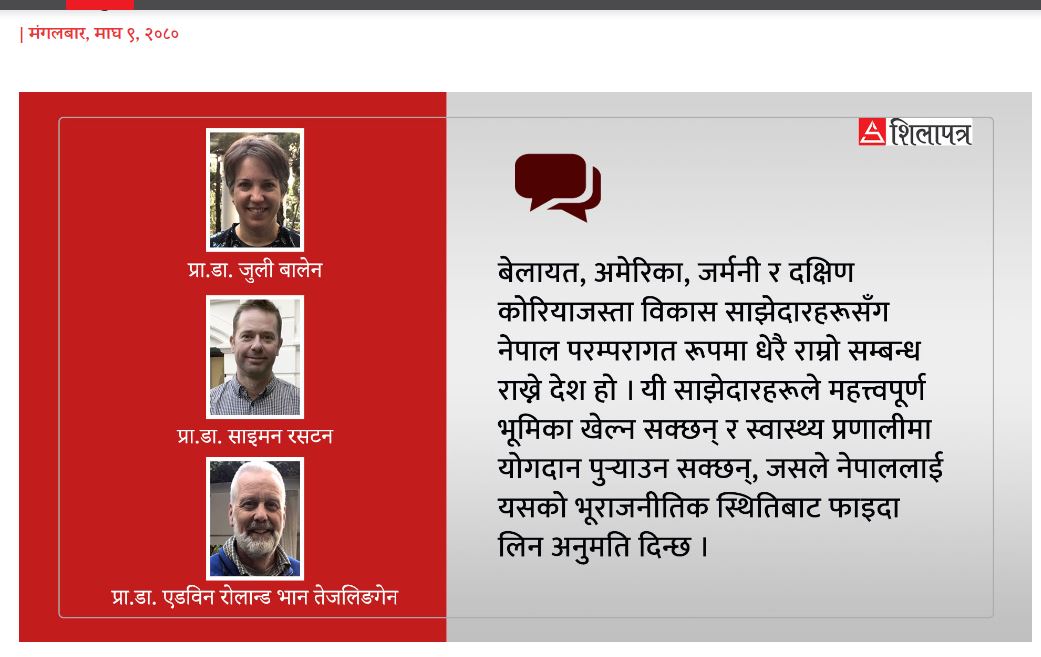
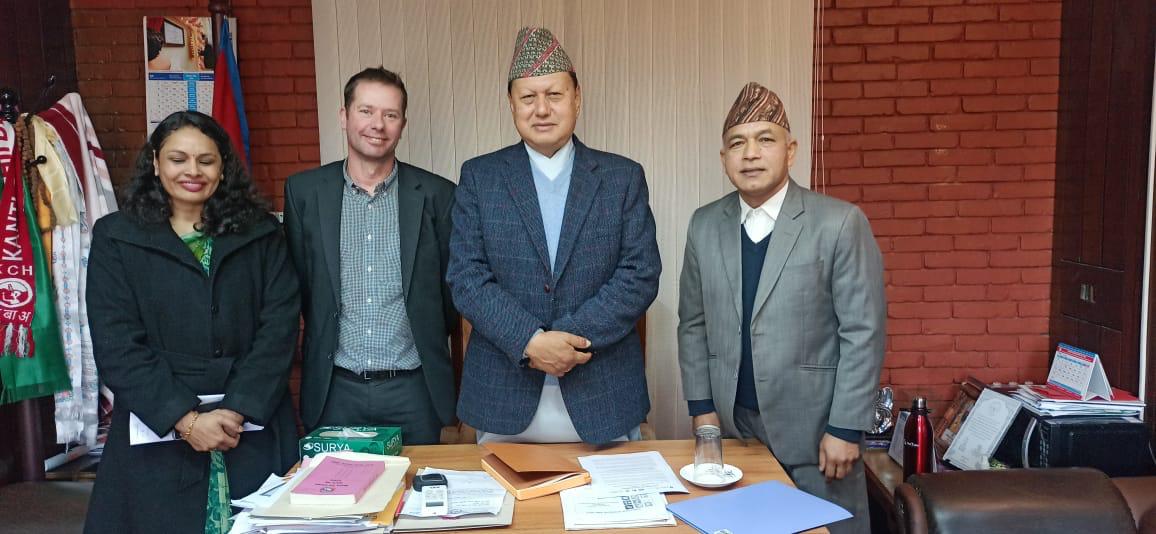
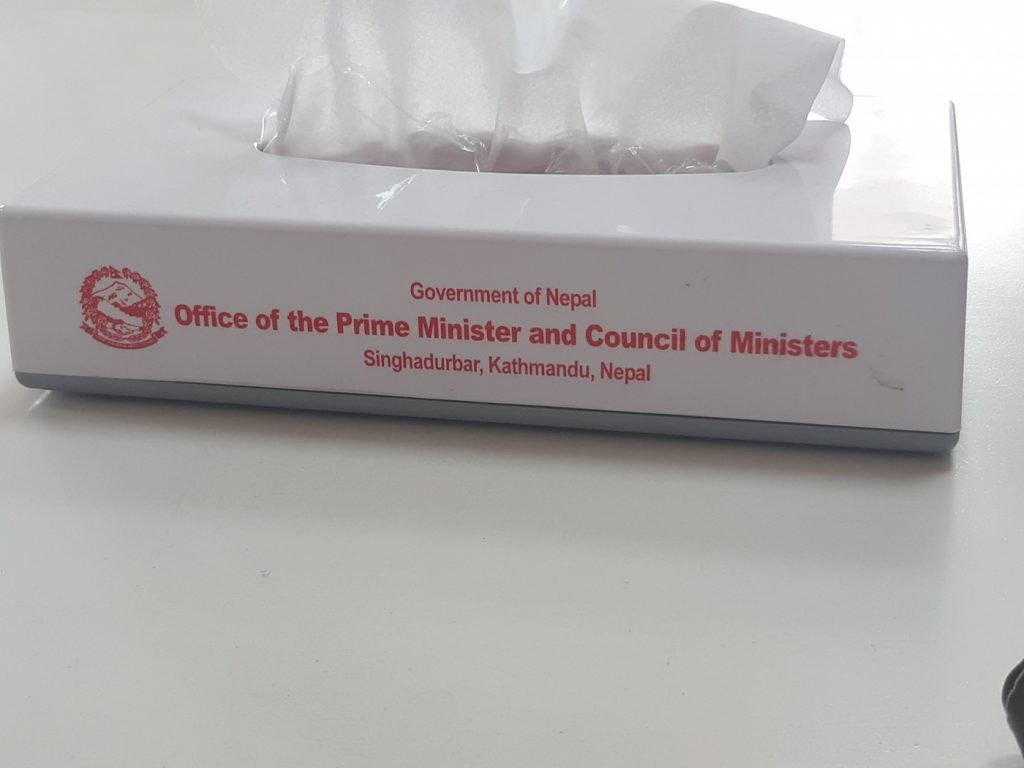
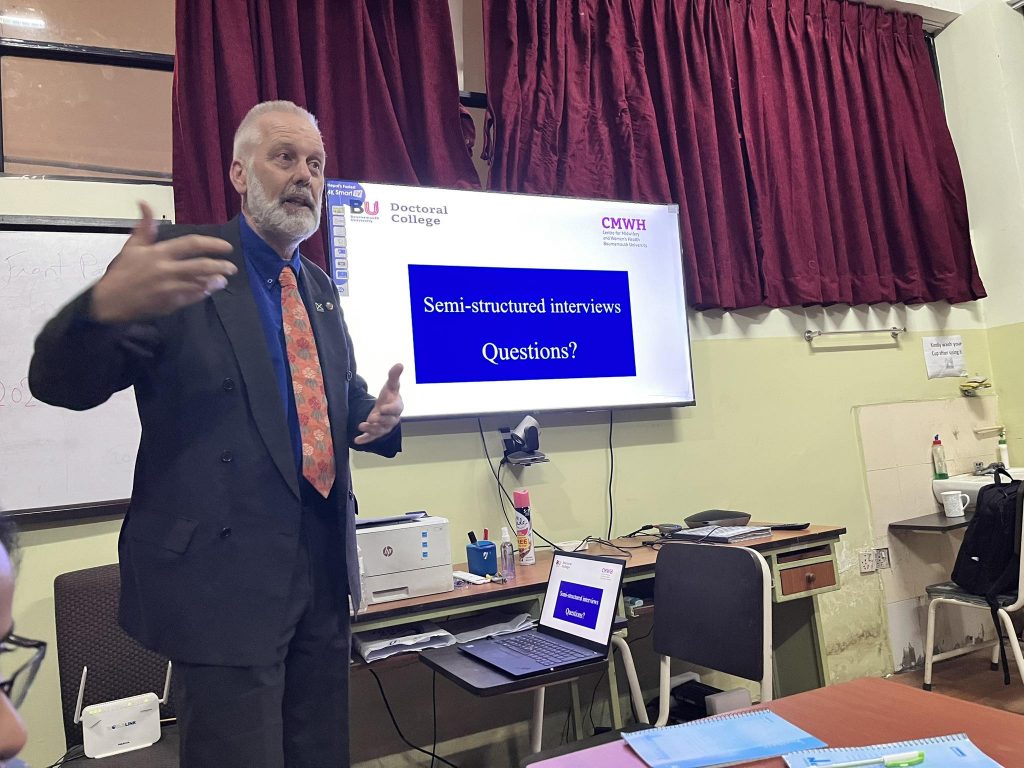
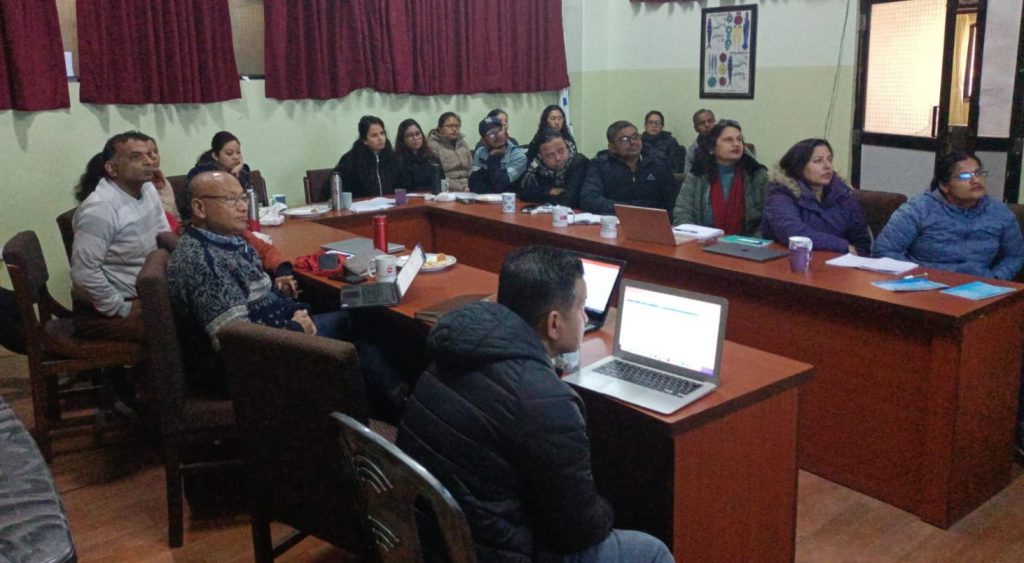




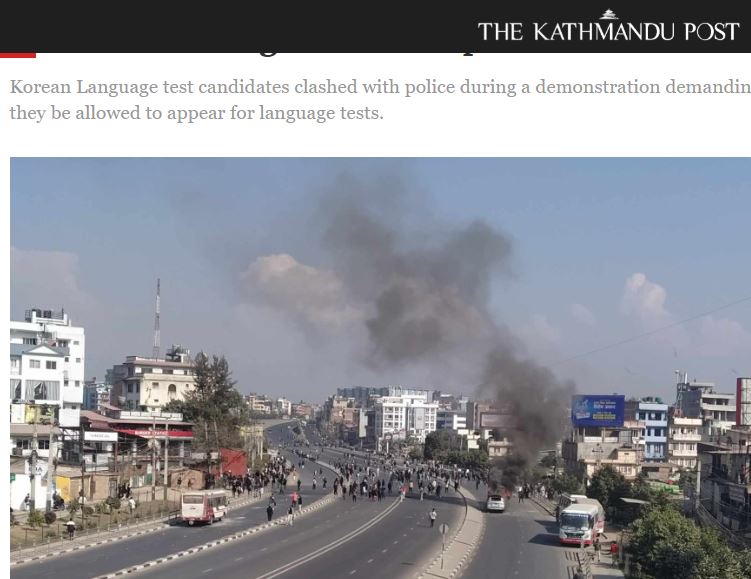
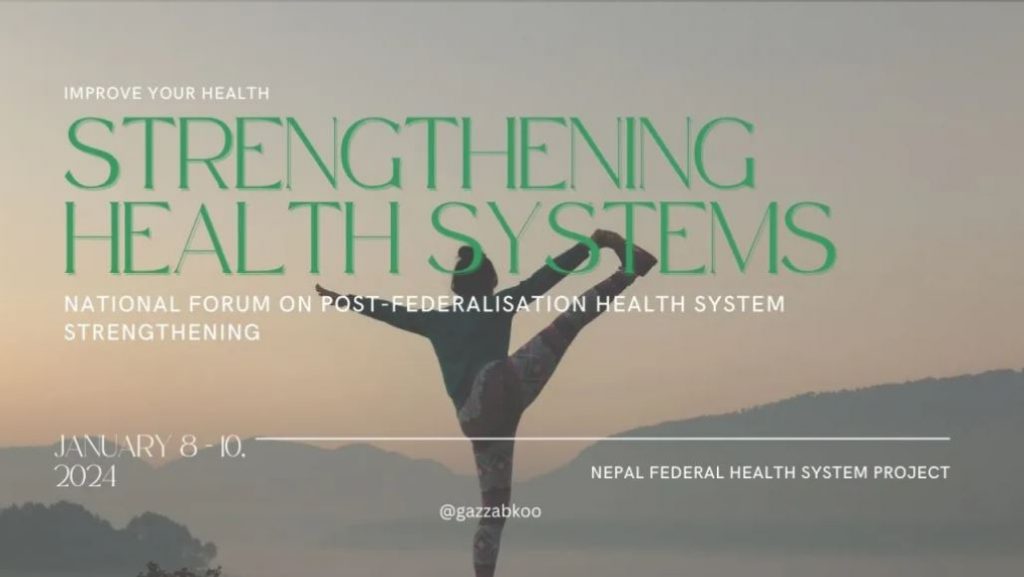

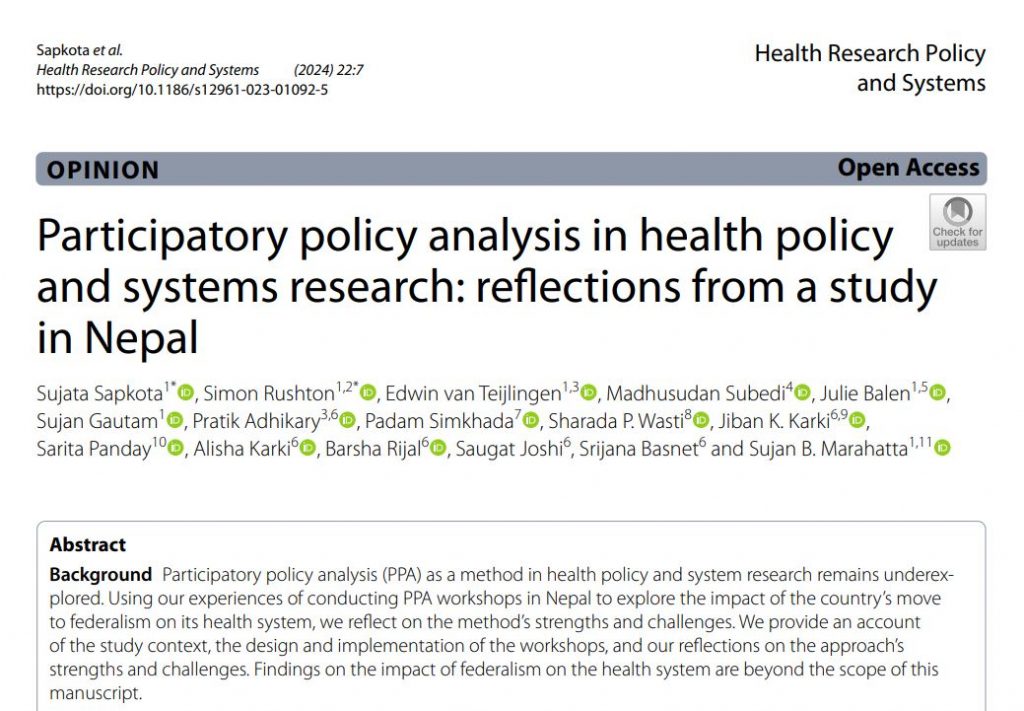
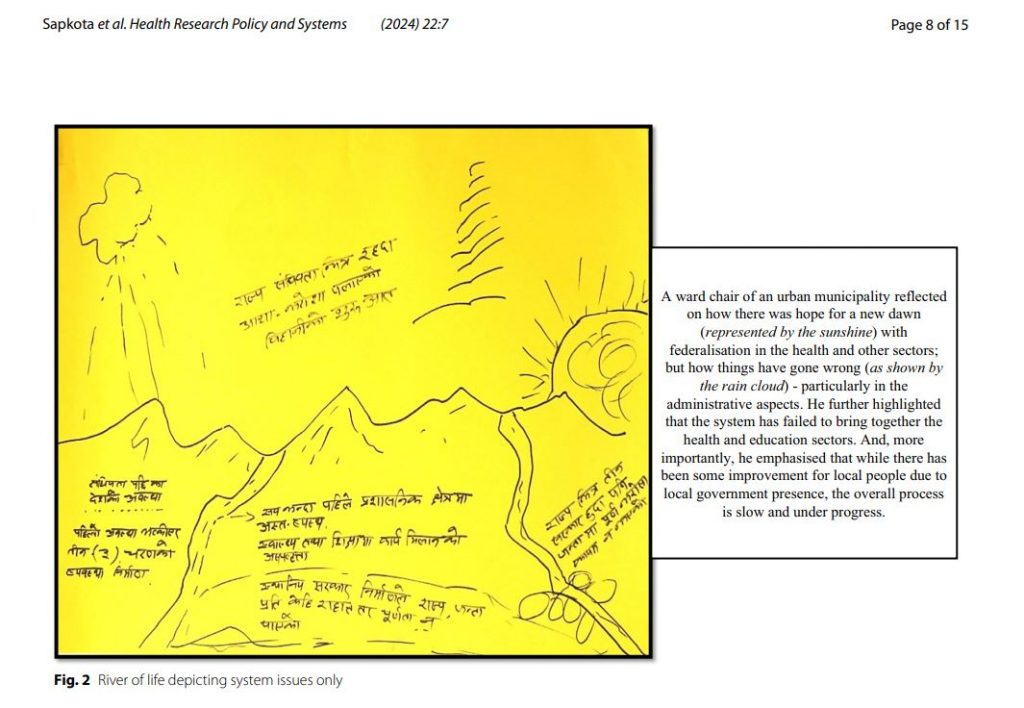
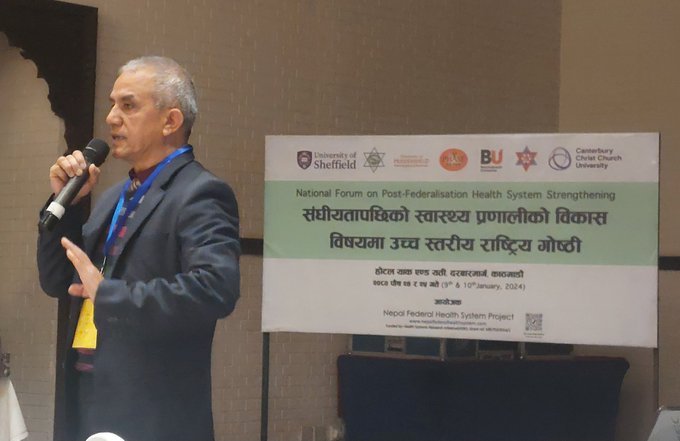
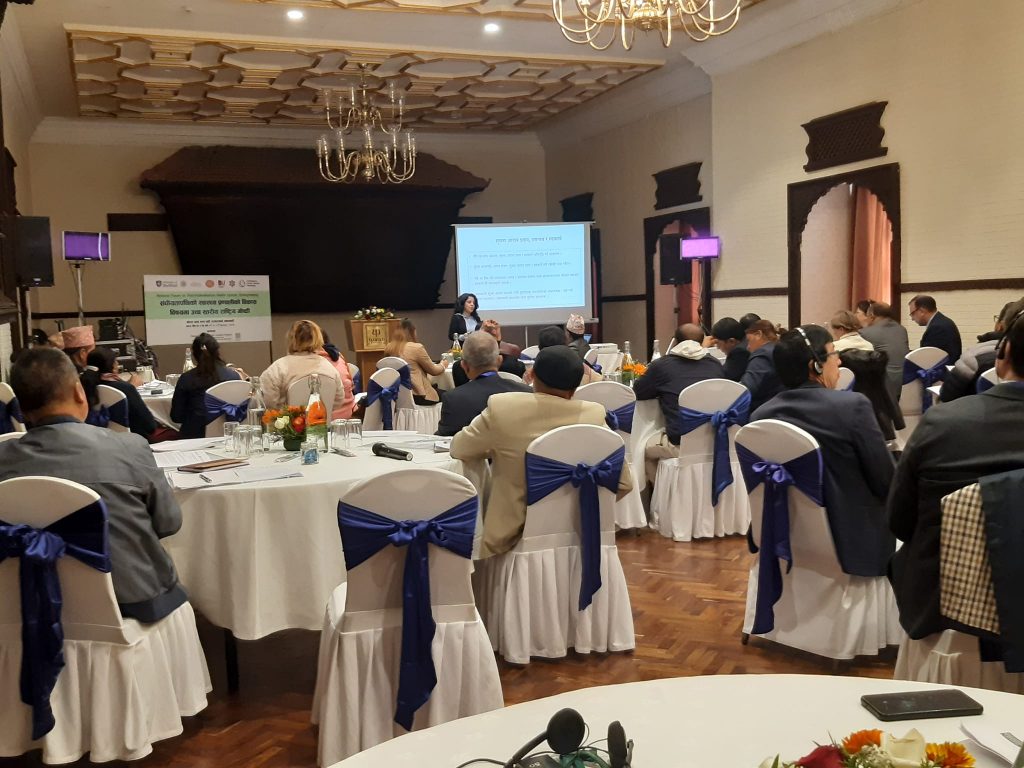
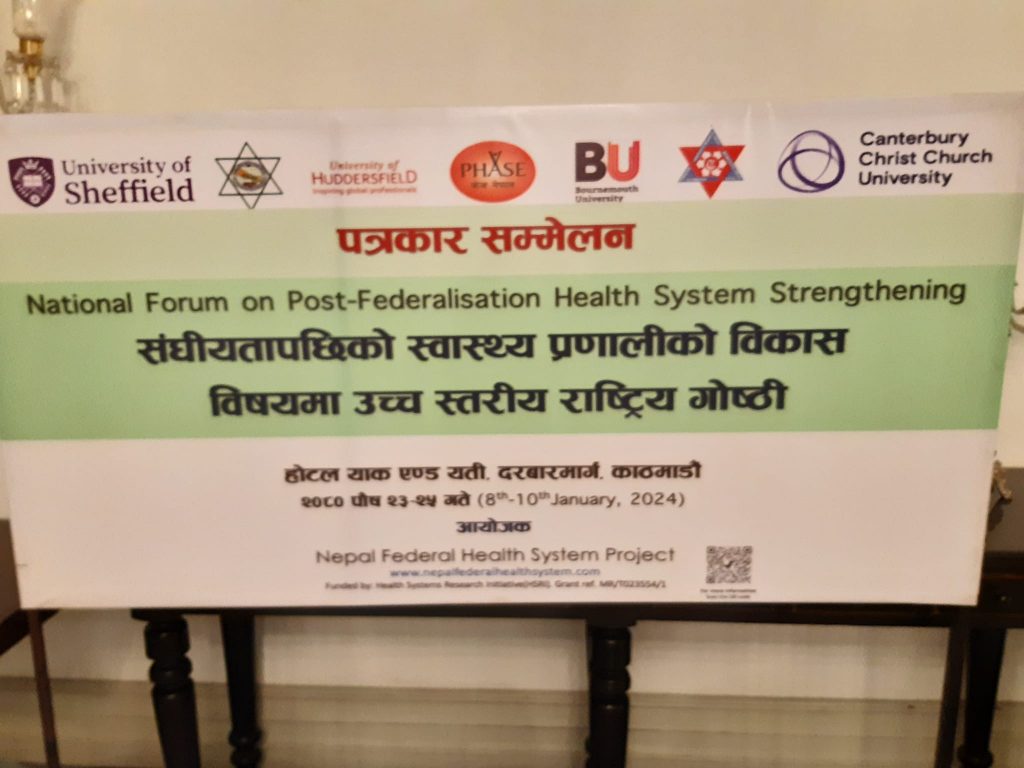
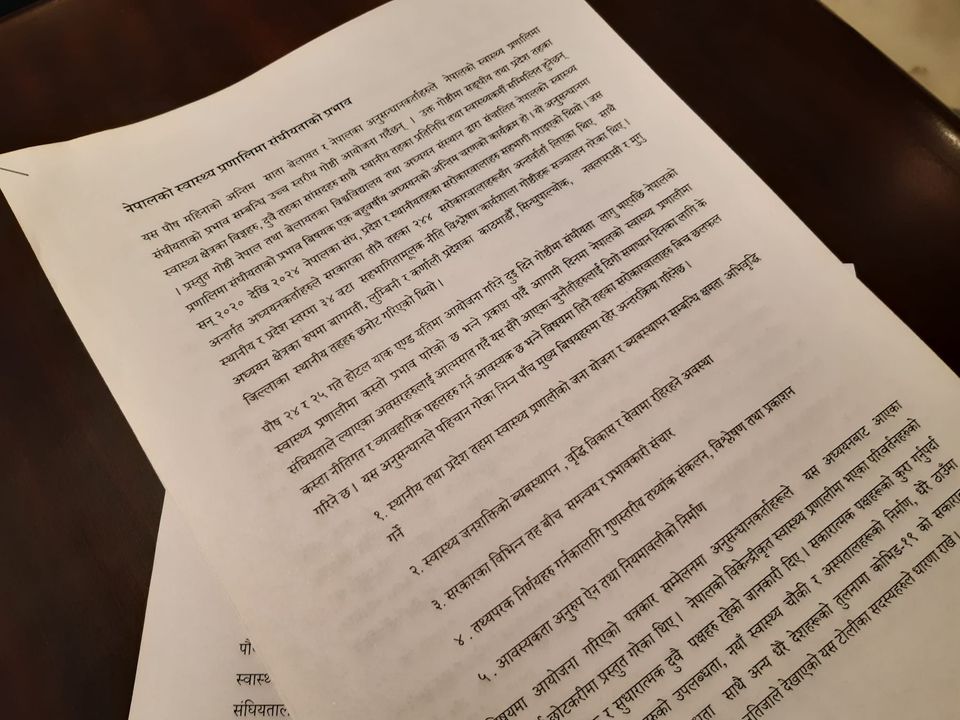



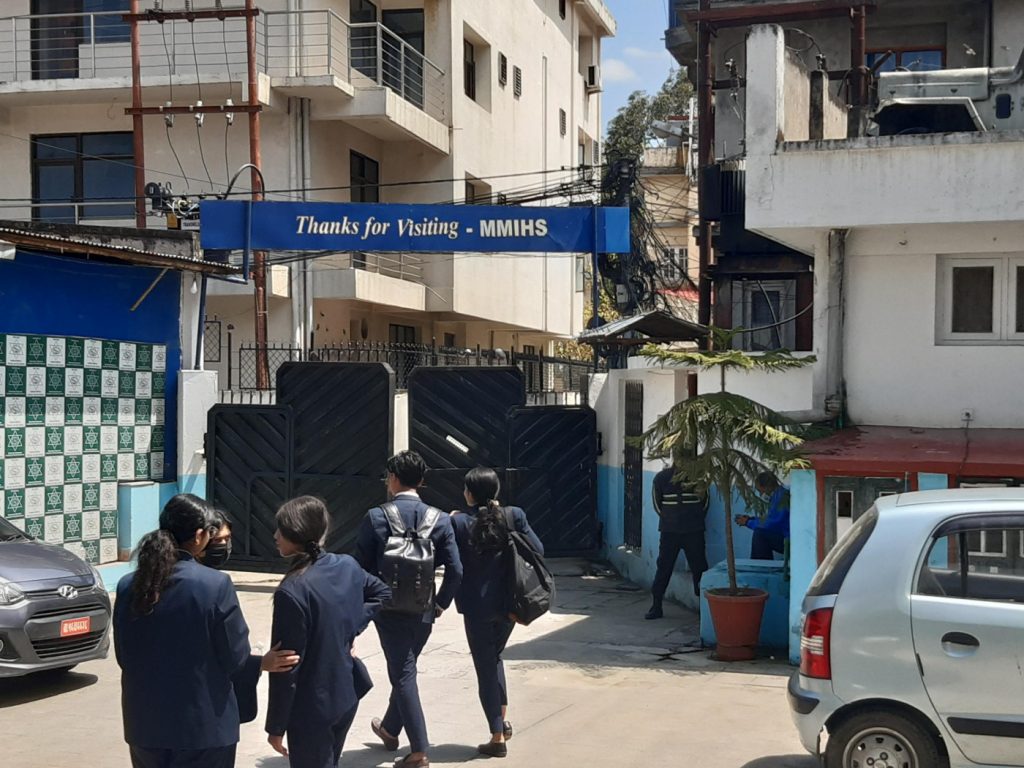
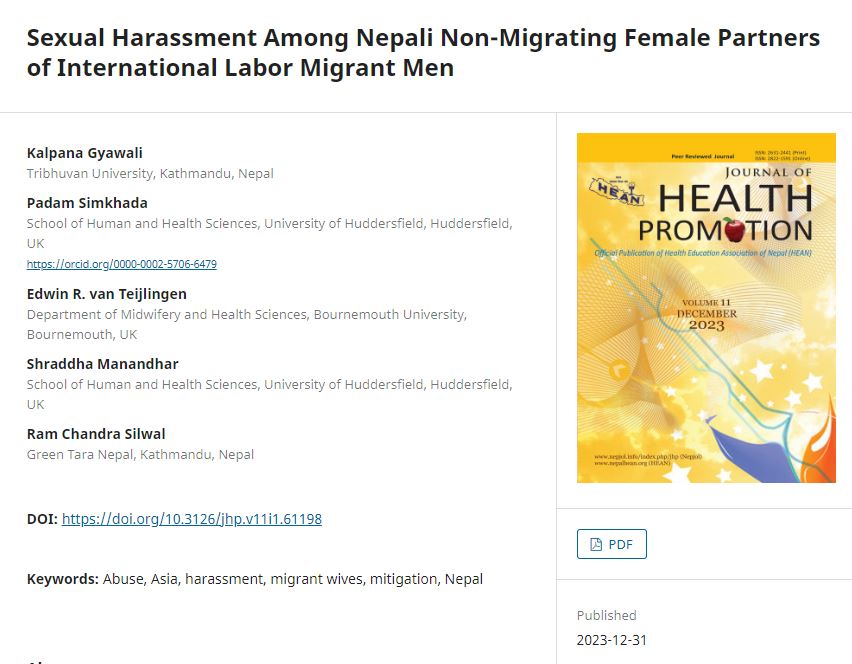












 New Nepal scoping review on maternal & neonatal health
New Nepal scoping review on maternal & neonatal health Fourth INRC Symposium: From Clinical Applications to Neuro-Inspired Computation
Fourth INRC Symposium: From Clinical Applications to Neuro-Inspired Computation Writing policy briefs
Writing policy briefs Upholding Excellence: The Concordat to Support Research Integrity
Upholding Excellence: The Concordat to Support Research Integrity ECR Funding Open Call: Research Culture & Community Grant – Application Deadline Friday 12 December
ECR Funding Open Call: Research Culture & Community Grant – Application Deadline Friday 12 December MSCA Postdoctoral Fellowships 2025 Call
MSCA Postdoctoral Fellowships 2025 Call ERC Advanced Grant 2025 Webinar
ERC Advanced Grant 2025 Webinar Horizon Europe Work Programme 2025 Published
Horizon Europe Work Programme 2025 Published Horizon Europe 2025 Work Programme pre-Published
Horizon Europe 2025 Work Programme pre-Published Update on UKRO services
Update on UKRO services European research project exploring use of ‘virtual twins’ to better manage metabolic associated fatty liver disease
European research project exploring use of ‘virtual twins’ to better manage metabolic associated fatty liver disease